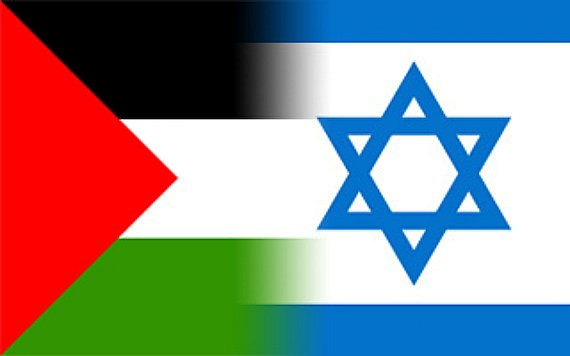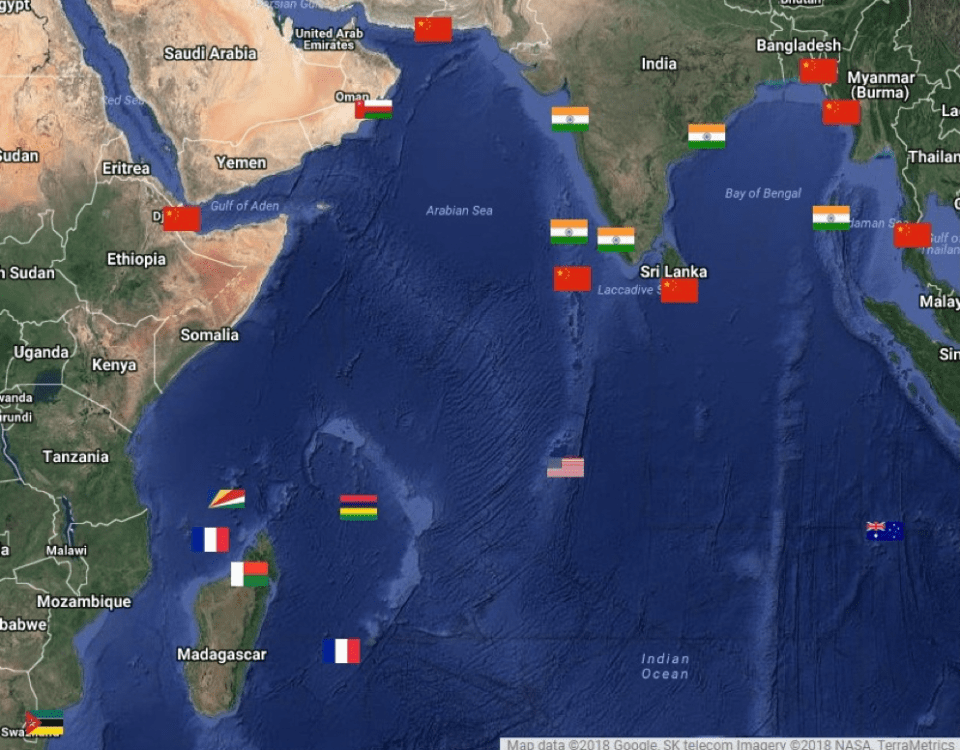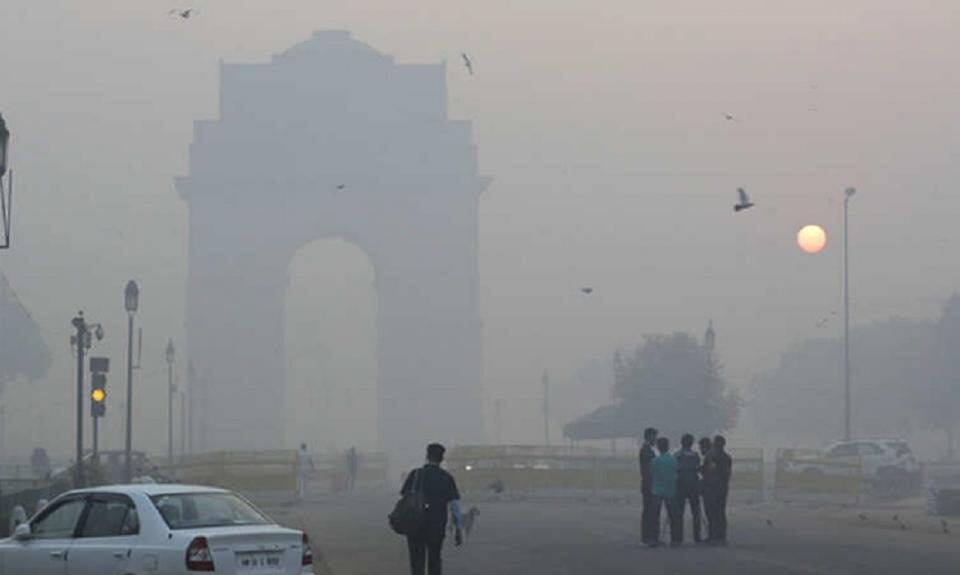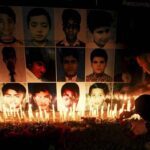
December 16, 2014: A Day of Remembrance and Resilience in the Wake of APS Tragedy
December 15, 2023Ukrainian Man Detonates Grenades During Council Meeting
December 17, 2023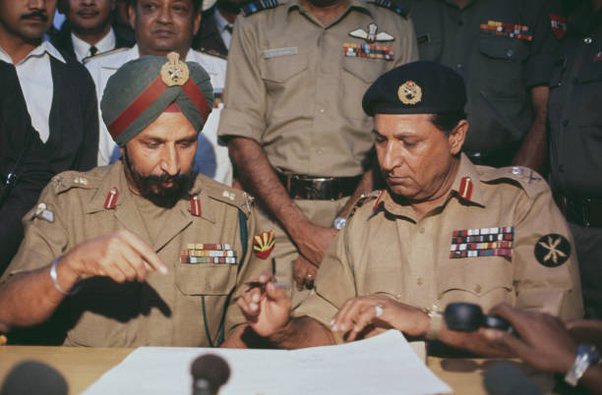
Mehr un Nisa
Today we have got revenge for 1000 years of Muslim rule in the subcontinent,” these words, spoken by Indian PM Indira Gandhi in reaction to the fall of Dhaka, reflect a sentiment that goes beyond the surface and reveals a deep-seated animosity and hostility towards a historical period marked by Muslim rule in the subcontinent. Again, claiming to have drowned the “Two-Nation Theory” in the Bay of Bengal, she inadvertently acknowledged India’s role in orchestrating the events leading to the fall of Dhaka. While the language may seem casual, it exposes a more extensive narrative with an unsettling tone that fuels division and animosity.
The creation of Pakistan in 1947 was a testament to the unifying power of Islam, anchoring the aspirations of the Muslim community in the subcontinent. The political landscape underwent a significant shift with the passing of Quaid-e-Azam Muhammad Ali Jinnah. This transition paved the way for Iskender Mirza’s influence and set the stage for the imposition of the first martial law in 1958 by Field Marshal Ayub Khan, initiating a turbulent and politically charged era.
The Hindus in India were unhappy about the subcontinent’s division, as they believed it belonged solely to them. This discontent, rooted in historical grievances, contributed to the eventual split, notably marked by the fall of Dhaka. India played a crucial role in worsening the differences as a form of retaliation against Muslims for creating Pakistan.
Admittedly, contradictions between East and West Pakistan fuelled discontent. The contradictions between East and West Pakistan can be analyzed through the lens of identity politics and nationalism, which often play a crucial role in shaping the dynamics of nation-states. These dynamics emphasize the importance of understanding ethno-linguistic politics, national identity formation, and the delicate balance between internal cohesion and potential fragmentation in the broader context of regional security and territorial integrity.
The Bengalis, fueled by India’s passion for revenge post the 1965 war, mobilized themselves under a banner of independence. The subsequent mutiny among the Bengalis led to violence, with West Pakistanis and non-Bengalis becoming targets. “Bihari” encompassed immigrants from Bihar, Uttar Pradesh, Punjab, and Gujarat who had migrated to East Pakistan during the partition. Unfortunately, they became scapegoats for perceived atrocities, leading to clashes with Bengalis.
The 1971 conflict in East Pakistan saw violence not only between Bengalis and non-Bengalis (Biharis) but also within Bengali factions, with some supporting Bangladesh’s independence and others supporting Pakistan. The post-war era witnessed brutal clashes between Bengalis and Biharis, exacerbating the complex dynamics of a nation in turmoil. The fight for independence achieved its goal but left lasting scars on the historical fabric of the region.
The factors contributing to the creation of Bangladesh were multifaceted. Geographical, socio-cultural, and linguistic differences between East and West Pakistan, economic disparities, political alienation of the Bengalis, and leadership crises played pivotal roles. The rise of Bengali sub-nationalism, fueled by a lack of parity, linguistic tensions, and political alienation, culminated in the demand for a separate identity.
The role of Hindu teachers in shaping the narrative and influencing Bengali sentiment against West Pakistan cannot be ignored. The leadership crisis in West Pakistan, dominated by landlords and feudal elites, contrasted with East Pakistan’s politically aware and educated professionals, further fueled the divide.
The political landscape, marked by a struggle for autonomy and power, took a drastic turn after the general elections, with Mujibur Rehman’s role resembling a feudal lord. The subsequent non-cooperation movement in East Pakistan escalated into loot and massacres, prompting the military operation Operation Searchlight on March 25, 1971.
The Bengali movement gained momentum with the rise of Sheikh Mujibur Rahman and the presentation of the six points, signaling a turning point. The Agartala Conspiracy, although seen as a tool to divert attention, intensified the political landscape. The imprisonment of Mujib and others led to a surge in support for him, transforming him into a charismatic leader and a hero in East Pakistan.
The disintegration of Pakistan wasn’t merely a result of internal strife but was also profoundly influenced by the geopolitical chessboard involving significant powers like the United States, India, China, and the Soviet Union. Sheikh Mujib’s six points and the subsequent election campaign, backed by India, marked a pivotal moment in the region’s history. The Bangladeshi Hindu community, culturally and historically linked with India, played a significant role in supporting the Awami League, securing a landslide victory.
In the great game of big powers, the socio-economic backwardness of East Bengal, exacerbated by the aftermath of the partition in 1947, provided an opportunity for external influences. India, disapproving of the “Two-Nation Theory,” strategically exploited the disparities between East and West Pakistan. The lack of a land corridor between the two wings facilitated India’s agenda, attempting to agitate Bengali sentiments and convince them of their cultural links with West Bengal. The global context of the Cold War further complicated the situation, with the U.S. fearing Soviet expansion and viewing a strong Pakistan as a bulwark against such dominance.
Historically allied with Pakistan, China played a cautious role, offering moral support but refraining from direct military intervention. The Indo-Soviet friendship and cooperation treaty in August 1971 tilted the balance in India’s favor, reducing the likelihood of Chinese involvement. The geopolitical landscape was further shaped by Nixon’s fear of total Soviet domination in the region, leading the U.S. to support Pakistan.
Indira Gandhi’s diplomatic offensive in Europe and the establishing of a 21-year treaty with the Soviet Union aimed to block pro-Pakistan directives. The complex dance of global powers, from Nixon’s support for Pakistan to Indira Gandhi’s efforts to isolate it diplomatically, added layers to the unfolding crisis.
The conflict reached its climax when, on December 3, 1971, the Indian army invaded East Pakistan with significant support from the Bengalis. In a mere two weeks, Pakistan faced severe losses, losing half of its navy, a quarter of its air force, and a third of its army. The surrender of General Niazi to General Jagjit Singh Arora on December 16, 1971, marked the tragic denouement of the conflict.
While Pakistan demonstrated resilience during the 1965 war, subsequent complacency and India’s continuous preparations for conflict led to a divided nation in 1971. As we reflect on this complex history, it is essential to understand the intricate factors that led to the disintegration of Pakistan in 1971. However, in the post-disintegration era, the failure of Pakistan’s ruling elite to learn from the past underscores the challenges of statecraft and governance.
The writer holds an MPhil in Peace and Conflict Studies from NDU and currently serves as Director ‘Research & Human Rights Desk’ at the Kashmir Institute of International Relations.



